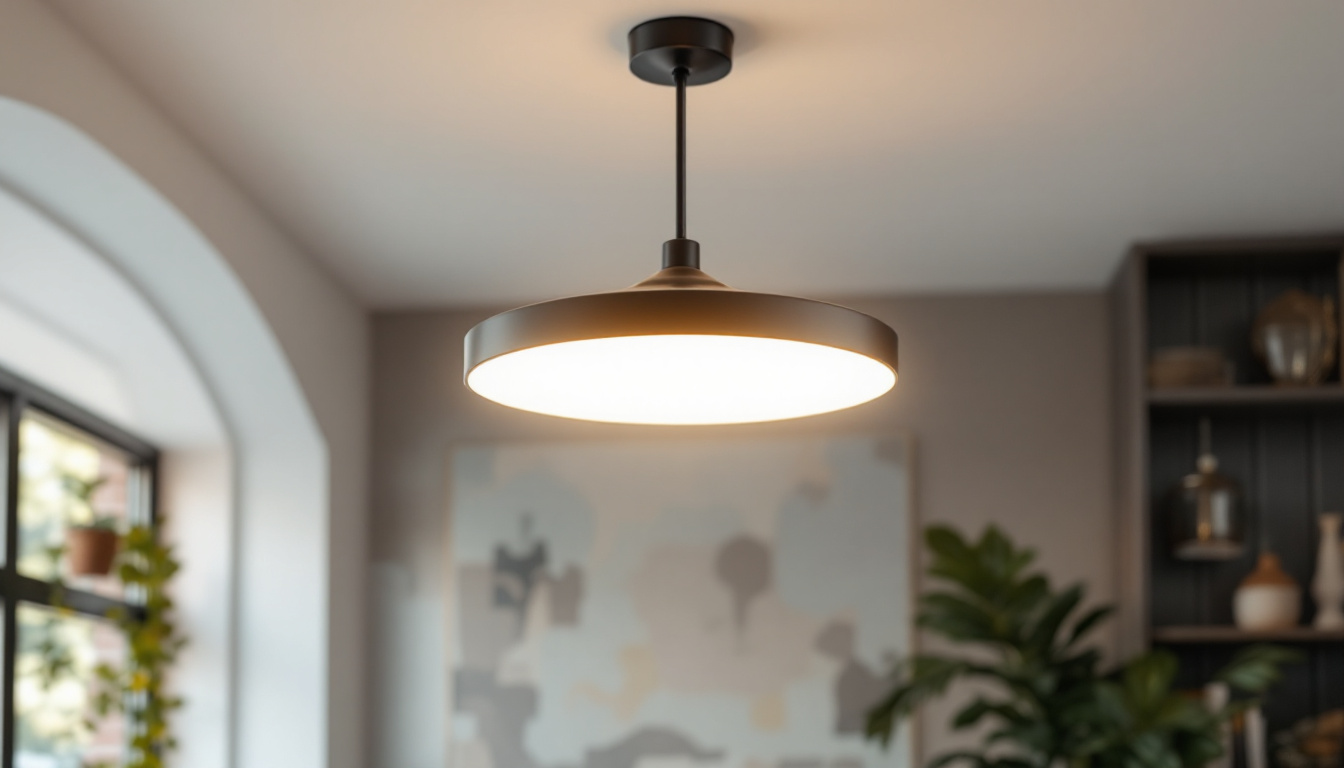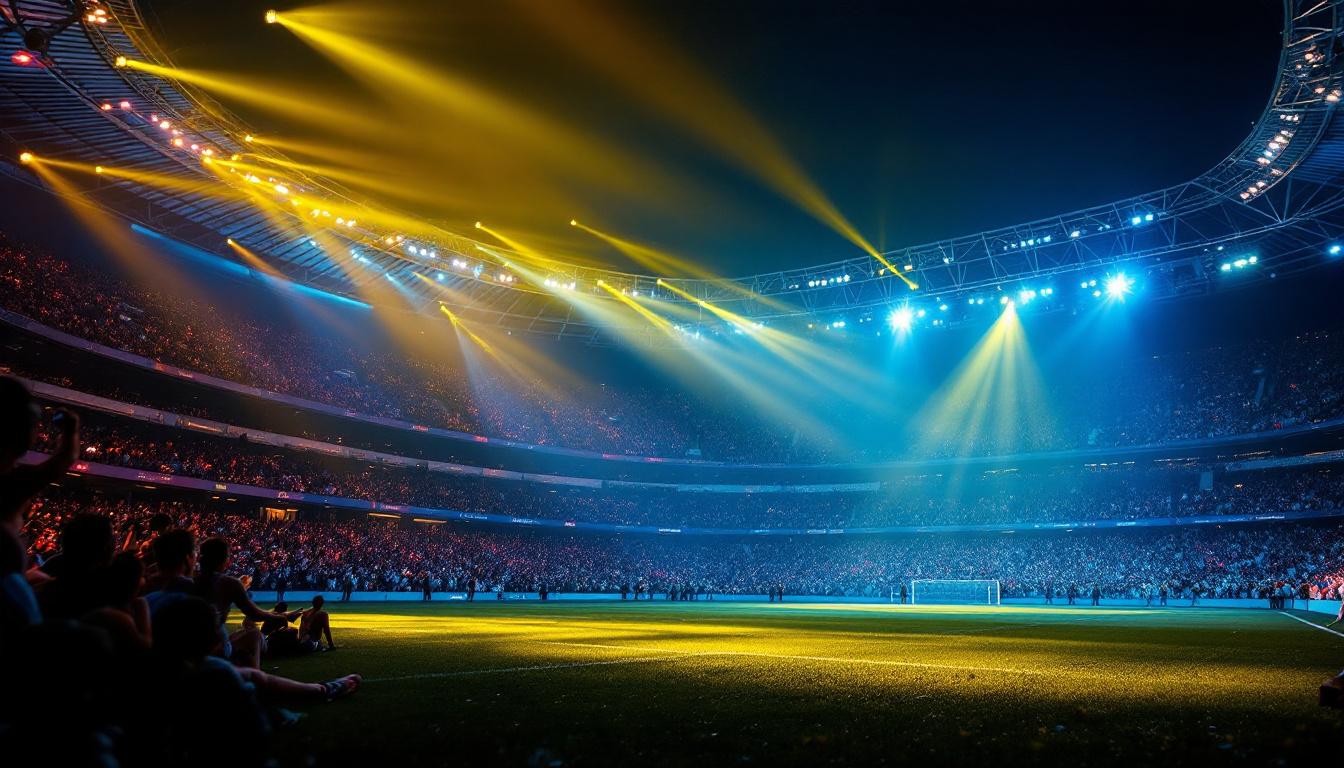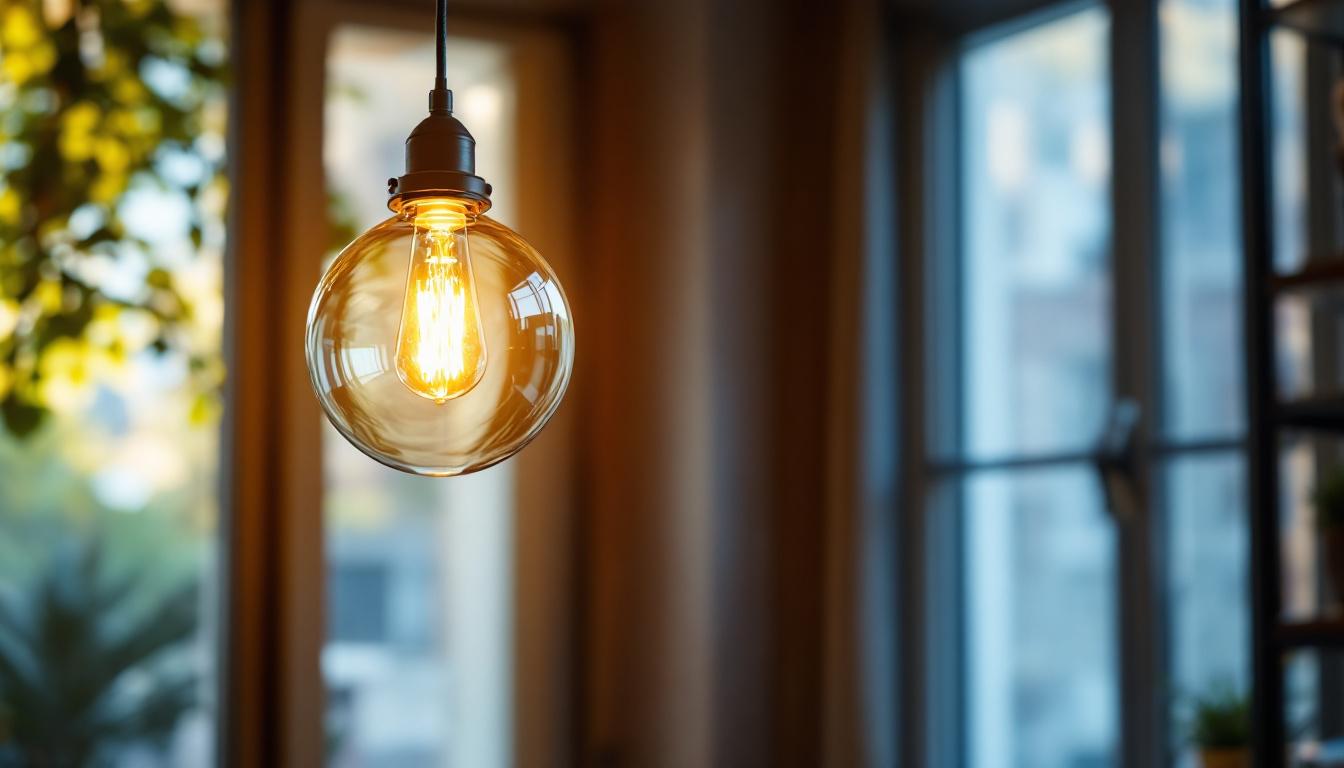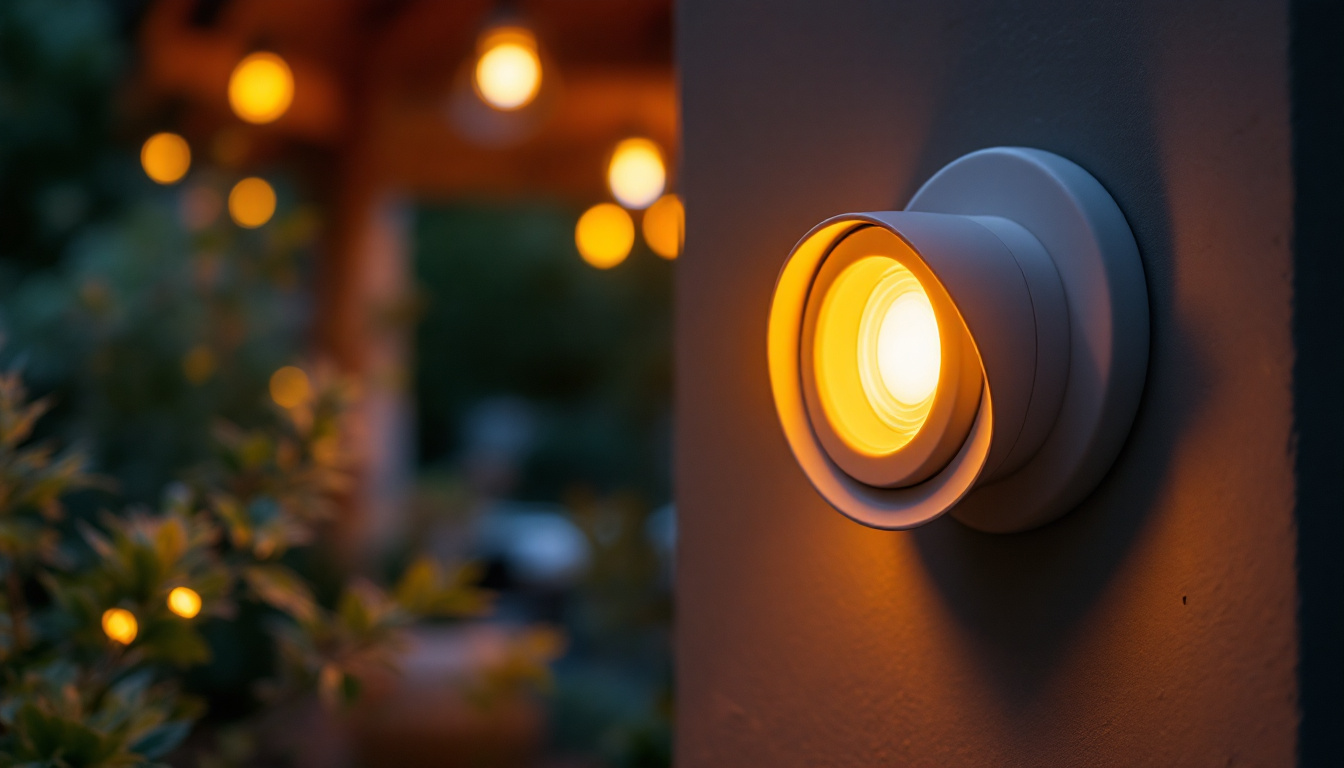
Lighting plays a crucial role in both aesthetics and functionality within any space. Among the various lighting options available, pendant ceiling lights stand out for their versatility and style. However, for lighting contractors, understanding compliance related to pendant lighting is essential for ensuring safety, efficiency, and customer satisfaction. This article delves into the compliance aspects that lighting contractors should be aware of when working with pendant ceiling lights.
Compliance in lighting refers to adhering to various regulations and standards that govern the installation and use of lighting fixtures. These regulations are designed to ensure safety, energy efficiency, and environmental protection. For lighting contractors, being knowledgeable about these compliance requirements is not just beneficial; it is a necessity.
Compliance is vital for several reasons. Firstly, it ensures the safety of the installation, reducing the risk of electrical hazards, fires, and other dangers associated with improper lighting setups. Secondly, compliance with energy efficiency standards can lead to cost savings for both contractors and clients, as energy-efficient lighting solutions often result in lower utility bills. Lastly, adhering to regulations can enhance the reputation of a contractor, as clients are more likely to trust professionals who prioritize safety and compliance.
Several key regulations govern the installation of pendant ceiling lights. The National Electrical Code (NEC) is one of the primary standards that lighting contractors must follow. It outlines the minimum safety requirements for electrical installations, including wiring methods, grounding, and circuit protection.
Additionally, local building codes may impose specific requirements regarding the installation of lighting fixtures. These codes can vary significantly from one jurisdiction to another, making it essential for contractors to familiarize themselves with the local regulations that apply to their projects.
Moreover, energy efficiency standards such as those set by the Department of Energy (DOE) and the Environmental Protection Agency (EPA) also play a crucial role in compliance. Programs like ENERGY STAR provide guidelines for lighting products that meet stringent energy efficiency criteria. By selecting ENERGY STAR-rated fixtures, contractors not only comply with regulations but also contribute to a more sustainable environment, reducing greenhouse gas emissions and conserving energy resources.
Furthermore, compliance extends beyond just installation; it also encompasses maintenance and operational practices. Regular inspections and adherence to maintenance schedules ensure that lighting systems continue to function safely and efficiently over time. This proactive approach not only mitigates potential risks but also prolongs the lifespan of lighting fixtures, ultimately benefiting both contractors and clients in the long run.
Pendant ceiling lights come in various styles, sizes, and functionalities, each with its own compliance considerations. Understanding these different types can help contractors make informed decisions during the installation process.
Single pendant lights are a popular choice for both residential and commercial spaces. They are typically suspended from the ceiling by a cord, chain, or rod, making them versatile for various applications. When installing single pendant lights, contractors must ensure that the fixture is securely mounted and that the electrical connections comply with NEC guidelines.
Another important consideration is the height at which the pendant is installed. The NEC provides recommendations on mounting heights to avoid potential hazards, especially in areas with high foot traffic. Additionally, the style and design of the pendant can influence the overall aesthetic of the space, making it essential to choose a fixture that complements the existing decor. For instance, a sleek, modern pendant might be ideal for a contemporary kitchen, while a vintage-inspired piece could enhance the charm of a rustic dining room.
Multi-pendant systems, which feature multiple pendants grouped together, are increasingly popular in modern design. These systems can create dramatic lighting effects and are often used in dining areas, kitchens, and commercial spaces. Compliance considerations for multi-pendant systems include ensuring that the overall load on the circuit does not exceed the maximum capacity and that each pendant is properly secured and spaced according to local codes.
Furthermore, contractors should be aware of the potential for glare and ensure that the pendants are positioned to minimize discomfort for occupants. This may involve adjusting the height or angle of the pendants during installation. In addition to functionality, multi-pendant systems offer an opportunity for creative expression. Designers can mix and match different styles, colors, and shapes of pendants to create a unique focal point in a room. For example, a cluster of geometric pendants in varying heights can add a modern touch, while a series of glass globes can evoke a more whimsical feel. The interplay of light and shadow created by these arrangements can dramatically enhance the ambiance of the space, making it not only well-lit but also visually captivating.
Energy efficiency is a critical aspect of modern lighting design. As energy costs continue to rise, both contractors and clients are increasingly looking for solutions that reduce energy consumption without sacrificing quality or aesthetics. Understanding energy efficiency standards is essential for lighting contractors working with pendant ceiling lights.
One of the most significant advancements in lighting technology is the shift from traditional incandescent and fluorescent bulbs to LED lighting. LED bulbs are not only more energy-efficient but also have a longer lifespan, making them a cost-effective choice in the long run. Contractors should be knowledgeable about the different types of LED bulbs available for pendant fixtures, including dimmable options and color temperature variations.
When selecting bulbs for pendant lights, it is essential to consider the fixture’s compatibility with LED technology. Some older fixtures may not be designed to accommodate LED bulbs, which can lead to performance issues or even safety hazards. Ensuring that the chosen bulbs meet the fixture’s specifications is a critical compliance consideration.
Many regions have adopted energy codes that require specific energy efficiency measures for lighting installations. These codes may dictate the type of bulbs used, the wattage limits for fixtures, and the overall energy consumption of the lighting system.
Additionally, certifications such as ENERGY STAR can provide guidance for contractors looking to meet energy efficiency standards. Fixtures that carry the ENERGY STAR label have been tested for performance and efficiency, making them a reliable choice for contractors aiming to comply with energy codes.
Proper installation is key to ensuring that pendant ceiling lights function safely and efficiently. Contractors should adhere to best practices during the installation process to avoid potential compliance issues down the line.
Ensuring that the pendant fixture is securely mounted is paramount for safety. Contractors should use appropriate mounting hardware and follow the manufacturer’s guidelines for installation. This may involve using a junction box that is rated for the weight of the fixture and ensuring that all connections are tight and secure.
In addition to securing the fixture, contractors should also consider the aesthetic aspects of the installation. Proper alignment and spacing can enhance the overall appearance of the lighting design, contributing to the client’s satisfaction.
Wiring and electrical connections must comply with NEC standards to prevent hazards. Contractors should use the correct gauge wire for the circuit and ensure that all connections are made with appropriate connectors. It is also essential to follow local codes regarding grounding and circuit protection.
Testing the installation before completing the project is a best practice that can help identify any issues early on. This includes checking for proper voltage, ensuring that the fixture operates as intended, and verifying that there are no flickering lights or other performance issues.
Even after installation, compliance does not end. Regular maintenance and upkeep of pendant ceiling lights are essential for ensuring ongoing safety and efficiency. Lighting contractors should educate clients about the importance of maintenance and provide guidance on how to care for their lighting fixtures.
Encouraging clients to conduct regular inspections of their pendant lights can help identify potential issues before they become serious problems. This includes checking for loose connections, signs of wear, and any changes in performance. Contractors can provide clients with a checklist of items to inspect regularly, promoting a proactive approach to maintenance.
In addition to client-led inspections, contractors should consider offering maintenance services as part of their offerings. This can create an additional revenue stream while ensuring that clients’ lighting systems remain compliant and safe.
Cleaning pendant lights is another crucial aspect of maintenance. Dust and grime can accumulate on fixtures, affecting their performance and appearance. Contractors should provide clients with recommendations on how to clean their pendant lights safely, including the types of cleaning solutions that are appropriate for different materials.
In some cases, pendant lights may require professional cleaning, especially if they are high up or difficult to access. Offering cleaning services can further enhance client relationships and ensure that the lighting remains in optimal condition.
Compliance is a critical aspect of working with pendant ceiling lights, and lighting contractors must be well-versed in the relevant regulations, energy efficiency standards, and best practices for installation and maintenance. By prioritizing compliance, contractors can ensure the safety and satisfaction of their clients while enhancing their professional reputation.
As the lighting industry continues to evolve, staying informed about changes in regulations and advancements in technology will be essential for contractors looking to succeed in this competitive field. Embracing compliance not only protects clients but also positions contractors as trusted experts in the lighting industry.
Ready to elevate your lighting installations with compliance and quality at the forefront? Look no further than LumenWholesale for all your pendant ceiling light needs. Our extensive selection of spec-grade lighting products meets the highest industry standards, ensuring you deliver reliable and high-performance lighting to every client. With unbeatable wholesale prices, free shipping on bulk orders, and no middleman markups, you can trust LumenWholesale to provide the best value in lighting solutions. Make your next project shine and experience the best in wholesale lighting today.

Discover the transformative impact of huge solar lights on modern lighting projects.

Discover how Sports Light is revolutionizing lighting design and installation, enhancing safety, energy efficiency, and performance.

Discover how a simple pendant light can transform your lighting projects by boosting efficiency and style.

Discover the essentials of outdoor light sockets in just five minutes with this concise guide tailored for lighting contractors.